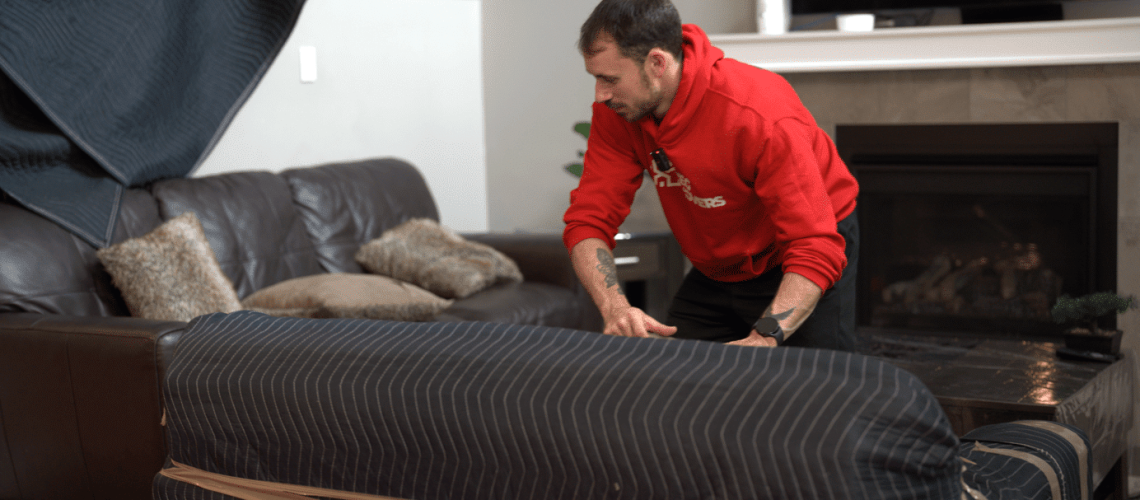Properly wrapping furniture before a move is essential for preventing damage to your belongings, walls, floors, and doorways. Using the right techniques and materials helps ensure your furniture arrives safely at your new home. Whether you’re handling the move yourself or hiring professional moving services, following proper wrapping methods will keep your furniture in excellent condition.
Preparation and Materials
Before you start wrapping, gather all the necessary materials and set up a suitable workspace. Moving blankets or furniture pads serve as the primary layer of protection for most pieces. Plastic stretch wrap helps secure these blankets and shields furniture from moisture. For delicate surfaces, bubble wrap provides extra cushioning. Packing tape holds materials in place without harming furniture finishes. If you’re moving heavy pieces, furniture sliders can prevent damage to floors and make transportation easier. Lastly, clean and dry each item before wrapping to avoid trapping dust or moisture that could cause damage.
Wrapping Techniques for Different Furniture Types
Different types of furniture require specific wrapping methods to ensure full protection. For upholstered furniture, start by covering the fabric with plastic wrap to prevent stains and dust accumulation, then wrap the entire piece with moving blankets, securing them with packing tape. When wrapping wooden furniture, focus on protecting corners and legs by using extra padding. Remove or secure any detachable parts, such as drawers or shelves, before wrapping. If the furniture has glass components, remove them if possible and pack them separately using protective materials. For tables, wrap the legs individually to prevent breakage. Any protruding or decorative elements should have additional padding to avoid damage during transport.
Special Considerations for Valuable Pieces
Antique or high-value furniture requires extra care during wrapping and transport. Before wrapping, document the condition of valuable items with photographs. If the piece is particularly fragile, consider custom crating for maximum protection. For antique wooden furniture, use acid-free materials to prevent damage. Corner protectors help safeguard delicate edges, while multiple layers of padding provide extra security for carved or intricate designs. If moving valuable wooden pieces, climate-controlled transport may be necessary to prevent warping due to humidity or temperature changes. Consulting with experienced movers can provide insight into the best techniques for protecting high-value items during relocation.
Other related articles:
– Expert Guide: How to Pack Pictures for Moving
– Professional Guide: How to Pack Your Kitchen for Moving


